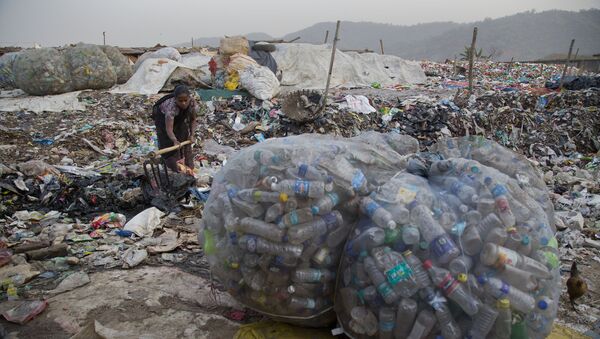“I think the most important result that we can share with the American public is that there’s more plastic out there than meets the eye,” USGS researcher Gregory Wetherbee recently told the Guardian. “It’s in the rain; it’s in the snow. It’s a part of our environment now.”
According to the study, the plastic fibers were only visible under a magnifying glass and were present in several colors. Most of the fibers were blue, followed by red, silver, purple, green, yellow and other colors. In addition, plastic particles such as beads and shards were also observed. More plastic fibers were present in urban sites compared to remote, mountainous sites, the study adds.
“My results are purely accidental,” Wetherbee also told the Guardian, saying he stumbled across the plastic fibers while collecting soil samples to study nitrogen pollution.
According to Sherri Mason, a microplastics researcher and sustainability coordinator at Penn State Behrend, more than 90% of plastic waste is not recycled, and over time, breaks down into smaller fiber pieces.
“And then those particles get incorporated into water droplets when it rains,” Mason added, explaining how the plastic fibers and particles get washed into bodies of water and filter into groundwater sources.
In addition, animals and humans are most likely breathing in micro and nanoplastic particles circulating in the air, Mason said.
Because we are all exposed to hundreds of synthetic chemicals as soon as we’re born, it’s difficult to say how our health would vary if we weren’t exposed, Mason explained.
“We may never understand all the linkages between plastics and health. But we know enough to say that breathing plastic probably isn’t good, and we should start thinking about dramatically reducing our dependence on plastic,” she added.
A study published in April in the journal Nature Communications found similar results, showing that microplastic is raining down in the high altitudes of the Pyrenees mountain range that separates the Iberian Peninsula from the rest of Europe, even though the nearest city is 120 kilometers away.


